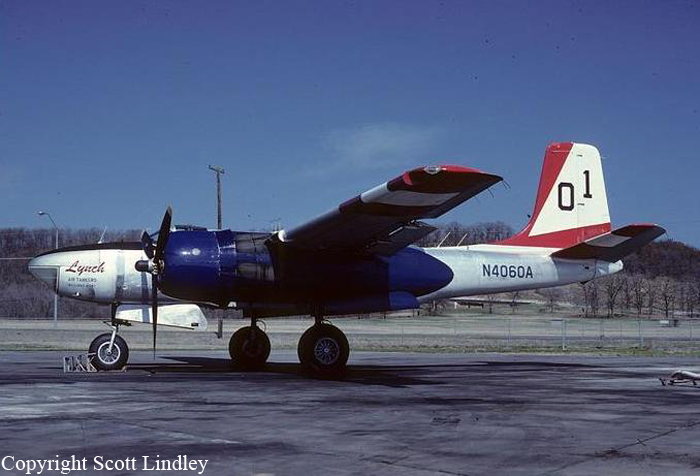Crash of a Beechcraft G18S in North Perry
Date & Time:
Apr 14, 1983 at 1508 LT
Registration:
N444PV
Survivors:
Yes
Schedule:
North Perry – Walker Cay
MSN:
BA-598
YOM:
1962
Crew on board:
1
Crew fatalities:
Pax on board:
0
Pax fatalities:
Other fatalities:
Total fatalities:
0
Captain / Total hours on type:
800.00
Aircraft flight hours:
5463
Circumstances:
The pilot stated that start, taxi and takeoff were normal until after he raised the gear handle and the aircraft was climbing thru approximately 150 to 200 feet agl. At that time, he noticed that the left engine rpm was decaying. There was insufficient runway remaining to abort, so he elected to feather the left engine and continue the takeoff. The left prop stopped rotating before it feathered. With additional drag from the left prop, the aircraft would not climb or maintain level flight. The pilot was able to fly the aircraft over buildings and other obstacles (up to 75 feet tall) near the airport boundary. Just beyond these obstacles, the aircraft struck trees and crashed in a wooded area. There was a small post-impact fire near the accessory section of the right engine. An exam and teardown of the left engine revealed that an impeller shaft bearing, Pratt & Whitney part number 288943, had failed and allowed the impeller to rub against the diffuser. No other preimpact failures were found. The pilot, sole on board, was slightly injured.
Probable cause:
Occurrence #1: loss of engine power(total) - mech failure/malf
Phase of operation: takeoff - initial climb
Findings
1. (c) engine assembly,blower/impeller/integral supercharger - failure,total
----------
Occurrence #2: forced landing
Phase of operation: landing - flare/touchdown
Findings
2. (f) propeller feathering - not possible - pilot in command
----------
Occurrence #3: in flight collision with object
Phase of operation: landing - flare/touchdown
Findings
3. (f) terrain condition - none suitable
4. (f) terrain condition - high obstruction(s)
5. (f) object - tree(s)
----------
Occurrence #4: in flight collision with terrain/water
Phase of operation: descent - uncontrolled
Phase of operation: takeoff - initial climb
Findings
1. (c) engine assembly,blower/impeller/integral supercharger - failure,total
----------
Occurrence #2: forced landing
Phase of operation: landing - flare/touchdown
Findings
2. (f) propeller feathering - not possible - pilot in command
----------
Occurrence #3: in flight collision with object
Phase of operation: landing - flare/touchdown
Findings
3. (f) terrain condition - none suitable
4. (f) terrain condition - high obstruction(s)
5. (f) object - tree(s)
----------
Occurrence #4: in flight collision with terrain/water
Phase of operation: descent - uncontrolled
Final Report:




